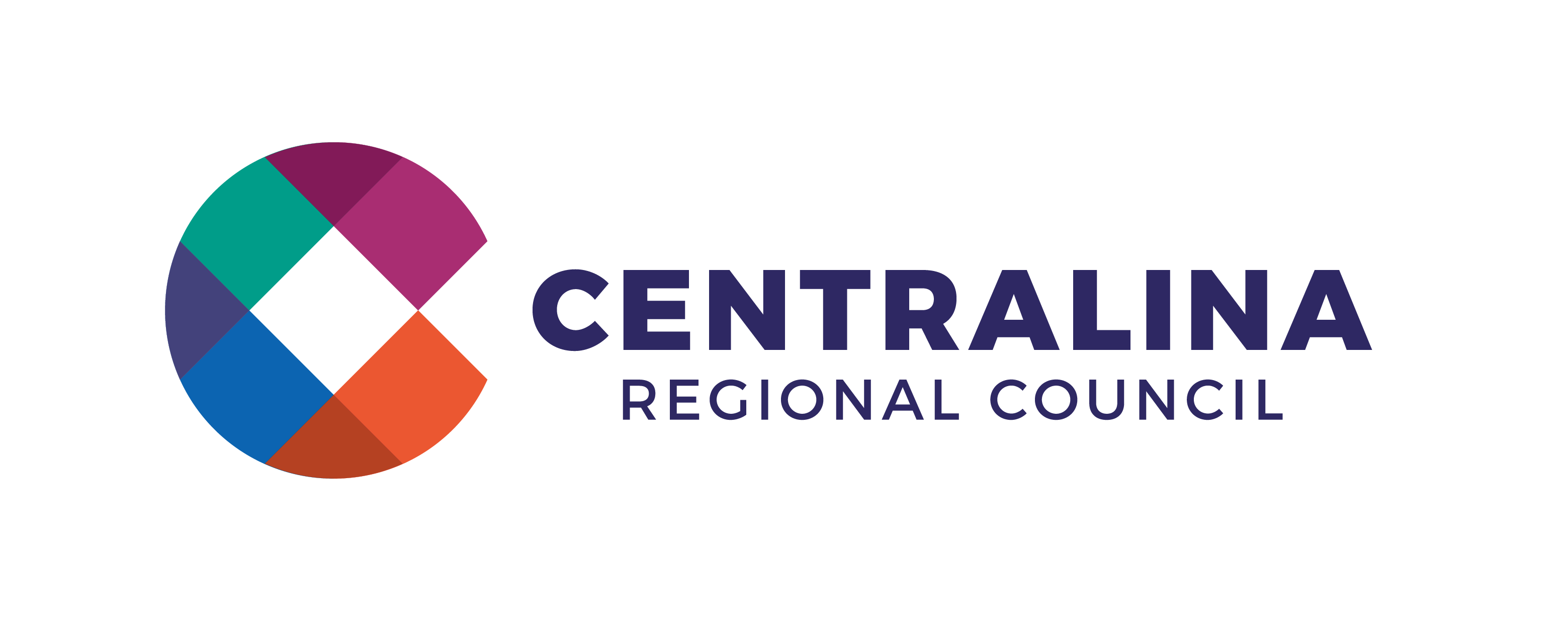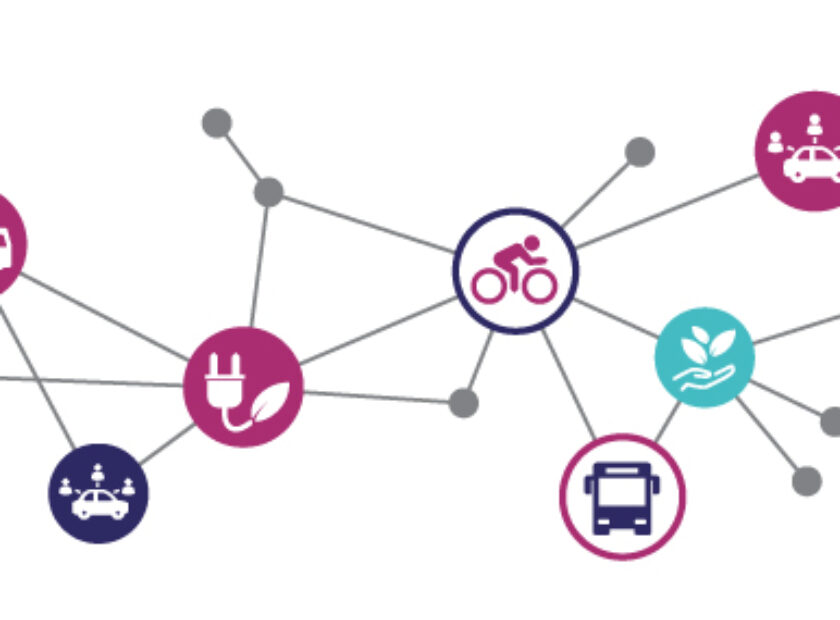The health and economic crises, triggered by COVID-19, has had profound short-term impacts, some of which have been felt universally and others unequally. As we continue to respond to the public health crisis, it is critical to set ourselves on path for recovery that also addresses long-standing racial and economic inequalities across our region.
Before the crisis, there was regional awareness of inequality, most notably from the widely publicized findings of the 2014 Harvard study on economic mobility that ranked Charlotte last in the nation [1]. Charlotte-Mecklenburg leaders stepped up in response in various ways from the Leading on Opportunity Task Force to the County’s Equity Action Plan. However, the Centralina region as a whole and the larger bi-state metropolitan region has had persistent challenges with progressing towards inclusive growth and racial equity. In the wake of George Floyd’s murder, we experienced frustration over the lack of progress on the streets of communities across the region. If we are to realize the benefits of the projected doubling of our regional population by 2050 and remain economically competitive, then a shift to a regional dialogue on inclusive growth and racial equity is necessary. A first important step is understanding where the region stands on key indicators.
The leading non-profit research and advocacy organization, PolicyLink, has been championing equity “as the superior growth model” for decades. Their research demonstrates that a policy agenda that lifts up those most in need, brings benefits to all. For example, they found that with racial equity in income, the nation’s total GDP would have been $2.1 trillion more in 2017. The National Equity Atlas, a joint venture between PolicyLink and the USC Equity Research Institute, is a comprehensive set of data indicators, or report card, that measures inclusive growth and racial equity. The Atlas includes profiles of 150 metropolitan areas. Let’s take a look at the findings from the National Equity Atlas’s profile of the Charlotte-Gastonia-Concord, NC-SC Metropolitan Area [2]:
- Diversity continues to increase across the region
- Over the past forty years, this region has continued to diversify in terms of race and ethnicity with the population of people of color increasing from 23% to 41%.
- The total population of people of color is projected to increase to 57% by 2050, with the largest growth expected among Latinx and Asian Pacific-Islander populations.
- Communities of color are driving regional population growth
- Following national trends, from 2010-2017 regional population growth has largely been attributed to growth in non-White populations. In this period, the highest growth rates occurred among mixed race/other populations (47%), Asian Pacific-Islander (39%) and Latinx (19%) groups.
- Income inequality is increasing across the region
- Between 2000-2017, earned income growth for full-time wage and salary workers at the lower rung of the income ladder (10th percentile) decreased by 17%. In contrast, workers at the top end of the income ladder (90th percentile) saw 10% income growth.
- Job and wage growth trends do not point towards inclusive growth in our region.
- According to PolicyLink, “strong growth in middle-wage jobs and rising wages for low-wage workers are hallmarks of inclusive growth.” Between 1990-2018, the region saw a large increase in jobs in low-wage industries (+126%), while middle-wage jobs only grew by 28%.
- In this same time period, earnings growth was the highest in high-wage industries (+58%), while middle-wage job earnings only increased by 31%.
- Racial economic gaps are wide and persistent in our region
- The median hourly wage for workers of color changed from $15 in 1980 to only $17 in 2017 as compared to hourly wage growth from $20 (1980) to $24 (2017) for White workers.
- In 2017, the median wage for workers of color was $9 less than the median wage for White workers.
- In 2017, 59% of workers of color earned at least $15/hour while 80% of White workers did.
- The region is lagging behind its competitors on racial equity indicators
- PolicyLink’s Racial Equity Index provides a single comparative metric for measuring racial equity in U.S. cities, regions and states using indicators from the National Equity Atlas. The index includes a ranking of 150 regions, of which the Charlotte metro region ranks #69.
- Centralina Economic Development District recognizes 12 other regions across the nation as our benchmarking peer group. Using the Racial Equity Index, our region ranks 12 of 13 in our peer group. The Denver region leads the peer group with a #3 ranking, while Atlanta fares the worst at #95 out of 150.
- Denver-Aurora, CO #3
- Austin-Round Rock, TX #8
- Columbus, OH #11
- Kansas City, MO-KS #13
- Raleigh-Cary, NC #16
- Washington-Arlington-Alexandria, DC-VA-MD-WV #17
- Boston-Cambridge-Quincy, MA-NH #23
- Nashville-Davidson–Murfreesboro, TN #35
- Dallas-Fort Worth-Arlington, TX #39
- Tampa-St. Petersburg-Clearwater, FL #57
- Greenville, SC #66
- Charlotte-Gastonia-Concord, NC-SC #69
- Atlanta-Sandy Springs-Marietta, GA #95
As demonstrated above, the National Equity Atlas provides a wealth of information by which to critically examine where our region stands on key indicators. Our prospects for achieving inclusive and equitable growth, however, will require more than data analysis; we will need regional leadership, dialogue and local action across our communities.
On leadership, Centralina embraces our role as a regional convener and planning organization. Equity and inclusion has been a fundamental theme in our work, whether through our Pride in Care Initiative or our focus on transportation equity through CONNECT Beyond. But before we turn outward to do more, we are first reflecting inward. Our Diversity, Equity and Inclusion (DEI) Initiative is a process of individual self-reflection and group learning with our staff and leadership team under the guidance of L.E.A.D2 consulting; we have developed a DEI statement to support our Core Values and will pursue other activities to review our internal policies and structures with an equity lens.
On dialogue and local action, our October Regional Managers meeting will have the opportunity to form peer groups to explore regional issues, leadership themes and policy solutions. We will also continue to offer professional development and training to support local leaders and staff expand their knowledge of DEI themes and policy options. As our work evolves and expands, we hope to join with other regional stakeholders and organizations in pursuing more regional conversations and exploring policy options that will demonstrate measurable progress towards a more inclusive future for our region.
Don’t forget to register for our upcoming training on the Americans With Disabilities Act: Disability Awareness on October 29th.
[1] OpportunityInsights.org White Paper: Where is the Land of Opportunity? The Geography of Intergenerational Mobility in the United States
[2] PolicyLink/USC Equity Research Institute, National Equity Atlas, www.nationalequityatlas.org. Data summary highlighting six key indicators of demographic change and racial and economic equity for the region: Charlotte-Gastonia-Concord, NC-SC. Additional data points drawn from the National Equity Index Indicators. Region defined by US Census Bureau.
Written by Geraldine Gardner




